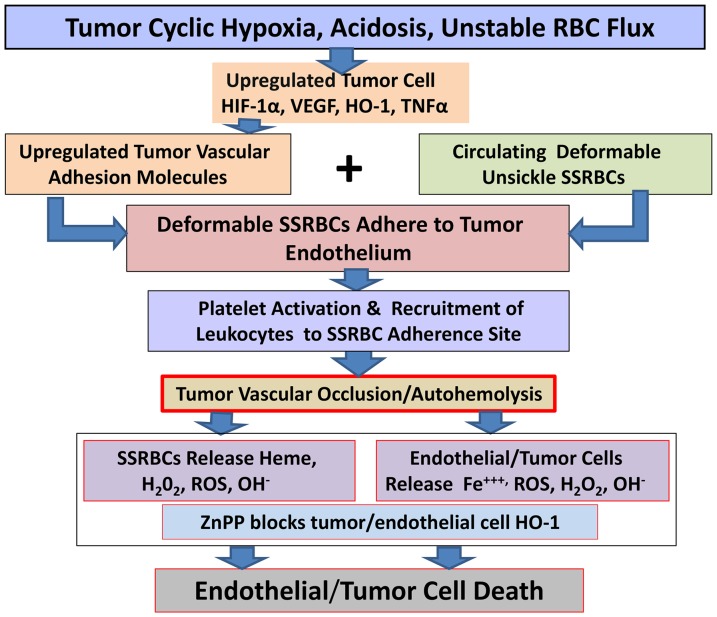Figure 8. Schematic depiction of proposed pathophysiology of tumor killing induced by SSRBCs and the HO-1 inhibitor ZnPP.
The hypoxic and acidic tumor milieu activates HIF1α, which, in turn, stimulates VEGF and HO-1 expression and the production of TNFα. TNFα upregulates several adhesion molecules on tumor endothelium, including several endothelial cognate adhesion ligands for the major adhesion receptors expressed on SSRBCs. Deformable non-sickled SS RBCs adhere to the activated endothelium of the tumor vasculature, along with leukocytes to form microaggregates leading to tumor vascular obstruction/occlusion. Entrapped SSRBCs release SS hemoglobin which is converted rapidly to methemoglobin and cleaved to liberate free heme. Hydrophobic and lipophilic heme and/or heme-nitrosyl complexes permeate tumor and endothelial cell membranes where they catalytically oxidize lipids, proteins and DNA causing cell death. In the presence of ZnPP, a competitive inhibitor of HO-1, intracellular heme and oxidative products such as reactive oxygen and nitrogen species (ROS and RNS) are free to exert their potent oxidative function leading to tumor and endothelial cell death.

